Are you the sort of person who loves to cosy up in front of a fireplace on a cold day, hot chocolate in hand? Then you may be interested to learn about salep – the hot winter drink of choice in Turkey and much of the Levantine Middle East. A thick, warming hot drink with a tantalising but mild flavour. Topped with cinnamon for that extra warm hit of spice.
In winter, you barely need to turn a corner in Istanbul before you are reminded of the ultimate warming comforts. Salep. Traditionally sold by street vendors in the morning, it is now more commonly available at cafés.
What is salep?
Salep isn’t one thing. Like za’atar, it’s both an ingredient and something which retains the same name when mixed with a couple of other ingredients. In the case of the wild herb za’atar, that’s sesame seeds and sumac to make a spice mix. For salep, it’s milk and sugar to make a delicious hot drink.
Salep – the ingredient – is a powder made from dried root tubers of a range of orchids. It contains a lot of starch, lending a particularly delicate and creamy texture to hot liquids with which it is mixed.
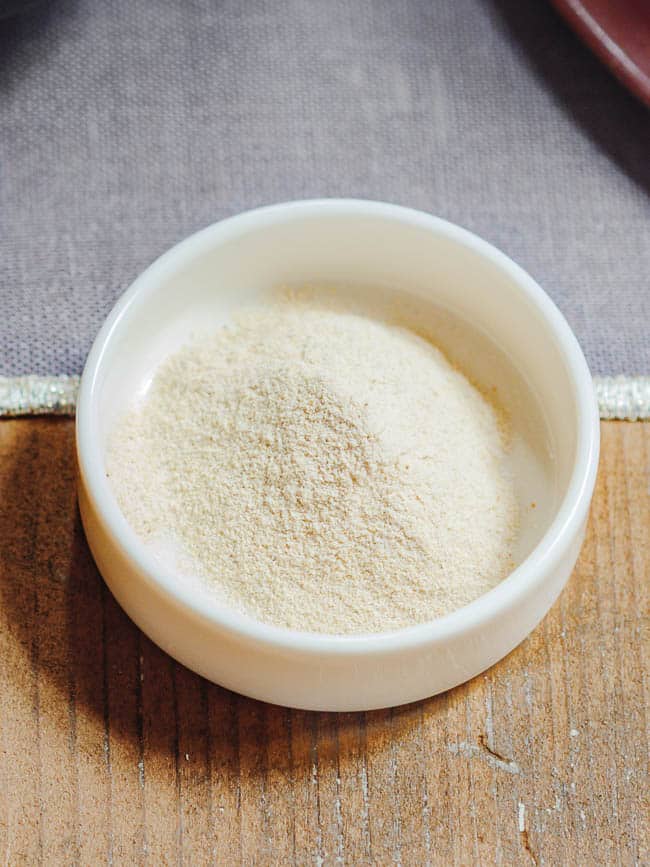
The orchids in question grow in the Eastern Meditarranean and India. It is therefore in this region you find it is used the most.
Fun fact: While the word salep is Turkish, it comes from Arabic khusya thalab – meaning fox testicles, a reference to the shape of the orchid root tubers (orchid is itself Greek for testicle).
What is salep used for?
Salep is primarily used to make the drink of the same name, where it is mixed with milk and sugar and heated until thickened.
It is hugely popular in Turkey, but also exists elsewhere. For example, Egyptians enjoy a hot drink called sahlab. In modern-day, sahlab is usually made with wheat other starch, but presumably the original ingredient here was salep.
Apparently, the first known consumers of salep were the ancient Romans. Perhaps because of the aforementioned shape of the root tubers which they were made, they considered the drink an aphrodisiac.
It also had a brief spell as the popular drink saloop in Northern Europe in the 17th and 18th centuries. Here, it was offered a cheaper alternative to coffee or chocolate.
The English in particular took a liking to it, importing salep from Smyrna (now Izmir in Western Turkey). They also grew their own orchids to make the drink. They may have used water rather than milk to make the drink, sometimes flavouring it with rose water or orange blossom water.
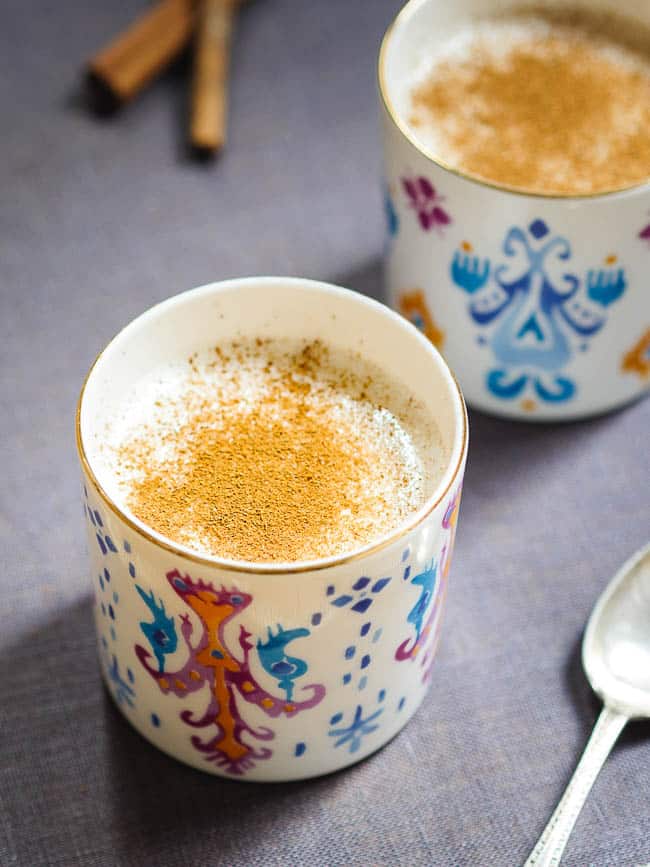
Since it’s very starchy, salep is also an excellent thickener. The Ottomans in particular used this to great effect in desserts – and it was used throughout the Arab world to make ice cream.
In Turkey, this ice cream is known as Maraş ice cream, after the city of Kahramanmaraş. Because salep is added to the ice cream, it is famously stretchy. A feature which has been used to pull plenty a trick on visiting tourists.
My own first encounter with this ice cream was at a Turkish wedding, where it was served as a rectangular block atop a pastry dessert. Having already left the table for the dancefloor, I was stunned to return much later to an ice cream looking as perfect as when it had arrived on the table. It simply didn’t melt, even under the Turkish summer heat!
What does salep taste like?
The flavour, you ask?
It’s very mild and hard to describe. Some even argue it has so little taste it is barely distinguishable from other thickeners, such as potato starch.
I often think of it as the earthy and very mild distant cousin of vanilla. Like vanilla, rather than taking centre stage, it makes its presence known primarily by adding a certain je ne se quio which makes whatever you put it into extra satisfying.
That said, salep is certainly much less potent than vanilla, flavour-wise. You’ll do well to make sure your other ingredients are of top-notch quality.
Instant vs the real thing
While Turkey is rivalled by none when it comes to salep’s place in the food culture, even in Istanbul it can be hard to find the real thing. Supermarkets often sell sachets of instant salep. A quick look at the back of the packet reveals there’s very little salep about it. Cornflour and artificial flavouring and stabilisers bear the brunt of the weight in creating a creamy, hot drink.
The real thing – pure salep powder – is harder to come by. It is also very expensive. I buy mine from Hayfene, a spice vendor from Istanbul’s famed Egyptian spice market (they also retail online). Last time, the list price was 50 TL ($6.90) for 20 grams, enough to mix with 2 litres milk. Larger quantities or buying directly from the spice market is certainly cheaper – but never cheap. If you come across a significantly cheaper option from a backstreet spice vendor, you may want to think twice about its claims to authenticity.
While many of the wild orchids used to make salep grow abundantly in certain areas, the high price means rare orchids are unfortunately sometimes harvested for the sale of salep. If you can, make sure you make every effort to only by salep from reputable producers.
According to Özlem’s Turkish Table, the export of salep from Turkey is banned. As it is a major producer, finding the real thing outside of Turkey may be hard. In which case, sadly, the instant salep may be infinitely more accessible than the real thing in most places.
Personally, I avoid anything with additives wherever I can. But if you don’t mind, the flavour of many instant salep packages apparently isn’t too bad.
If using instant salep, follow the instructions on the packet you’ve purchased. The recipe below is only relevant if you’ve got real salep powder at hand.
How to make real salep drink from scratch
Making real salep – the drink that is – is very simple. The hardest thing, in fact, is sourcing the salep powder. In addition, you’ll need milk and sugar. From there, it’s all about proportions and method.
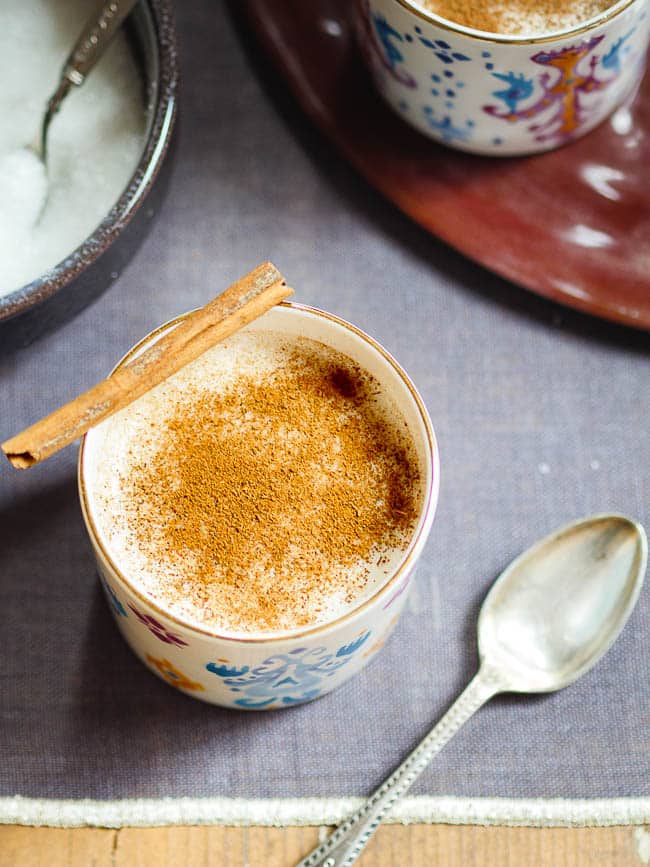
As mentioned, salep is so mild it borders on flavourless. The quality of the milk used will therefore have a big impact on how tasty your salep drink ends up being. I recommend buying the best full-fat milk you can source when making salep.
For me, in Istanbul, that means organic Jersey milk. It’s extra creamy and tasty when compared to most shop-bought milk.
I haven’t tried making salep with plant based milk alternatives, but I see no reason why it shouldn’t work. Again, just make sure you use the best quality produce you can find. In the case of plant based milk, that often means home-made.
It’s also crucial not to rush the making of your salep. Keep stirring at very regular intervals and keep the heat low. You want to avoid any lumps forming or the milk coming to a rapid boil or, worst of all, burning at the bottom of the pot.
I usually keep going for half an hour or more. Only then has the milk thickened sufficiently to be served just as I like it: So thick I sometimes wonder if a spoon might be a better way of consuming it than drinking straight from the cup.
Not everyone thinks salep should be this thick, so I’ll leave it up to you to find the perfect cooking time for your preferences. Just keep in mind it will continue to thicken as it cools (as with any hot drink, make sure it’s not still piping hot before consuming!).
In Turkey, a sprinkle of cinnamon on top is commonplace. Ginger has apparently also been used, and in some places nuts are also added. Personally I love the simplicity of a simple sprinkling of ceylon cinnamon.
The recipe yields four deliciously warming small cups of salep hot drink.
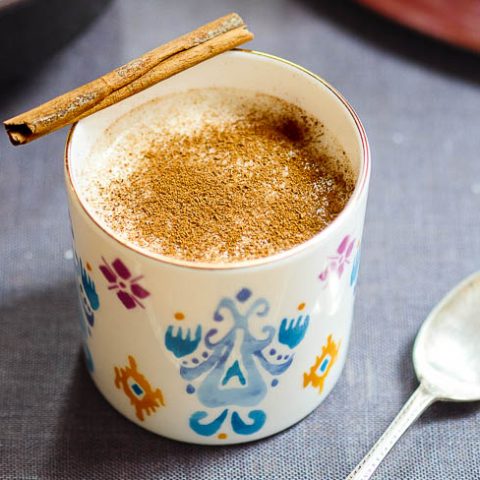
Salep (Hot milk drink)
Ingredients
- 10 g salep powder
- 40 g sugar, or to taste
- 1 l whole milk, I like Jersey milk
- ground cinnamon, to sprinkle
How I make it
- Whisk the salep, sugar and a little of the milk in a thick-bottomed pot until completely homogeneous and lump free. Add the remaining milk whilst whisking vigorously, again making sure the mixture is completely homogeneous and free of lumps.
- Heat carefully over a low/medium heat, stirring constantly. Leave to cook over a low heat until slightly thickened, 30 minutes or more. Keep in mind that the drink will thicken further as it cools down. Stir very regularly, making sure it doesn’t burn or lump. Taste for sugar, adding more if desired. Take off the heat and leave until it is no longer piping hot, and just cool enough to drink.
- Serve in four individual cups, sprinkling cinnamon on top before enjoying.


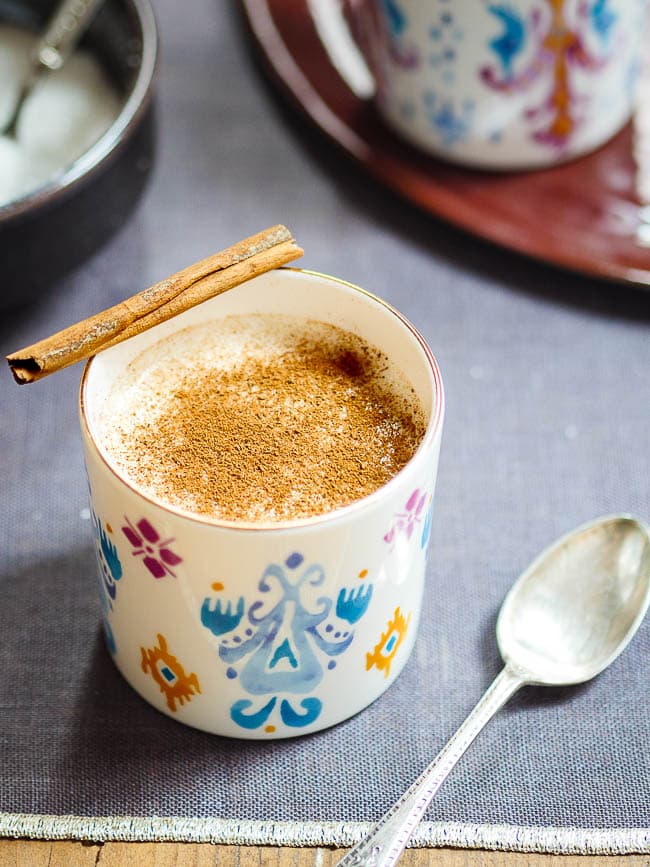

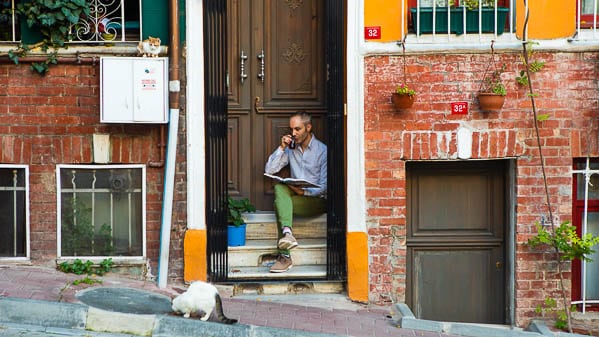
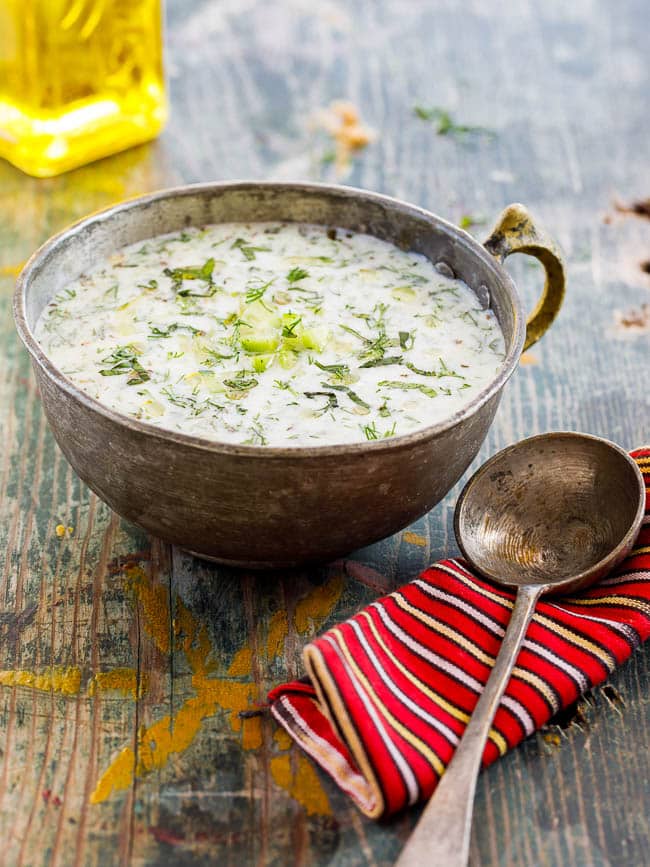
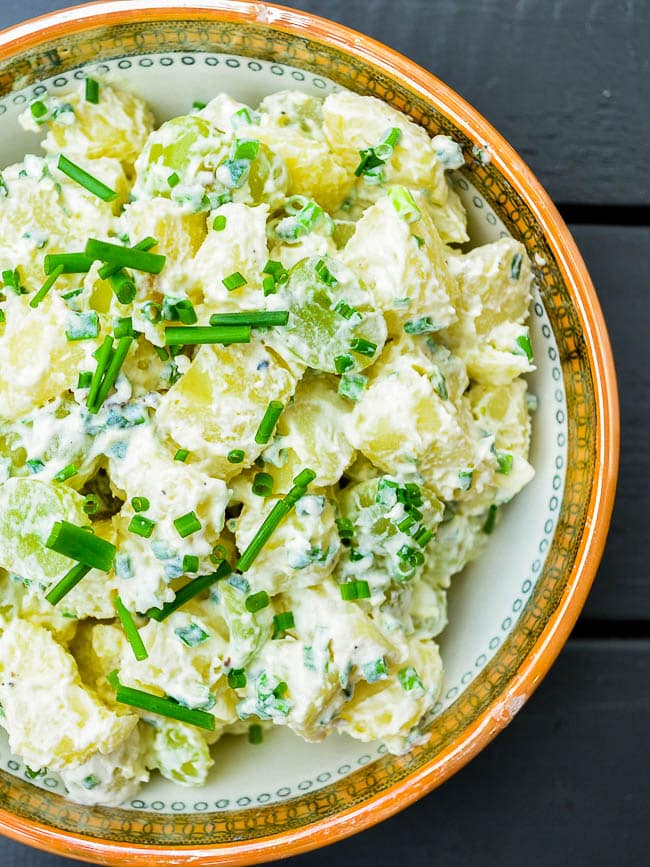
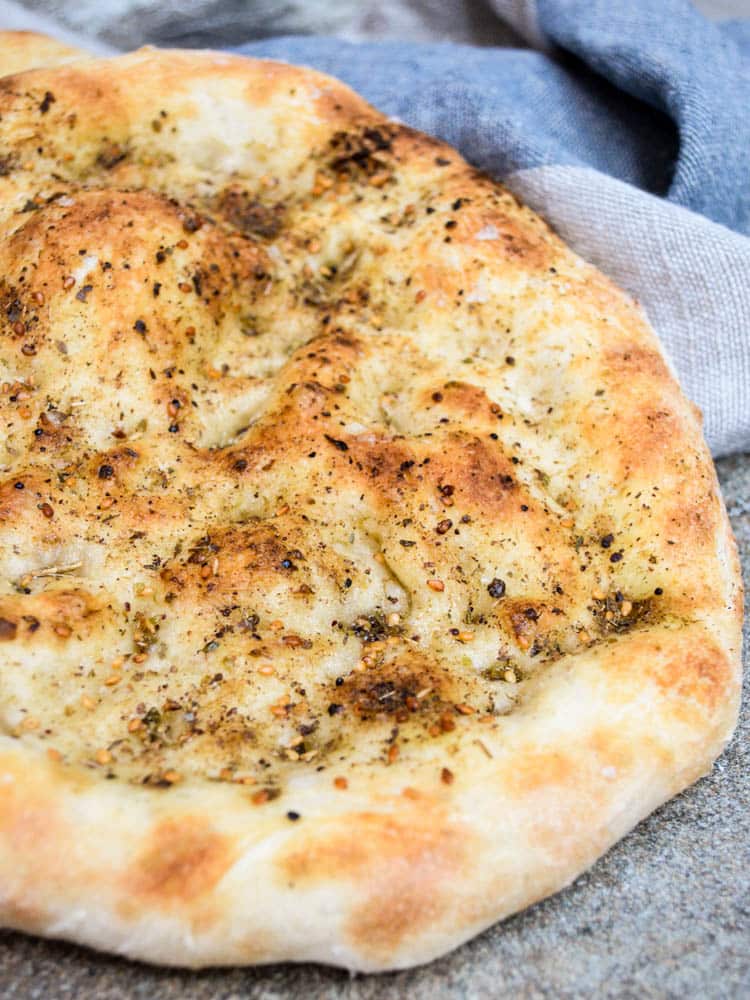
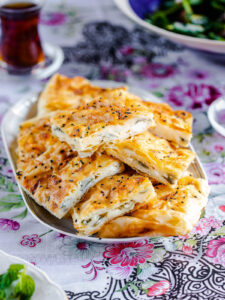
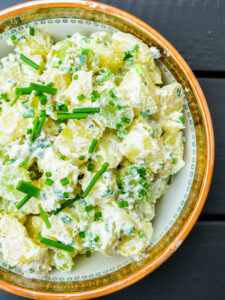
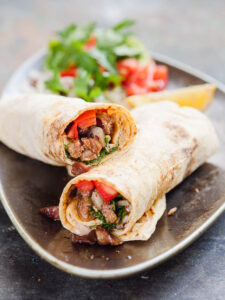
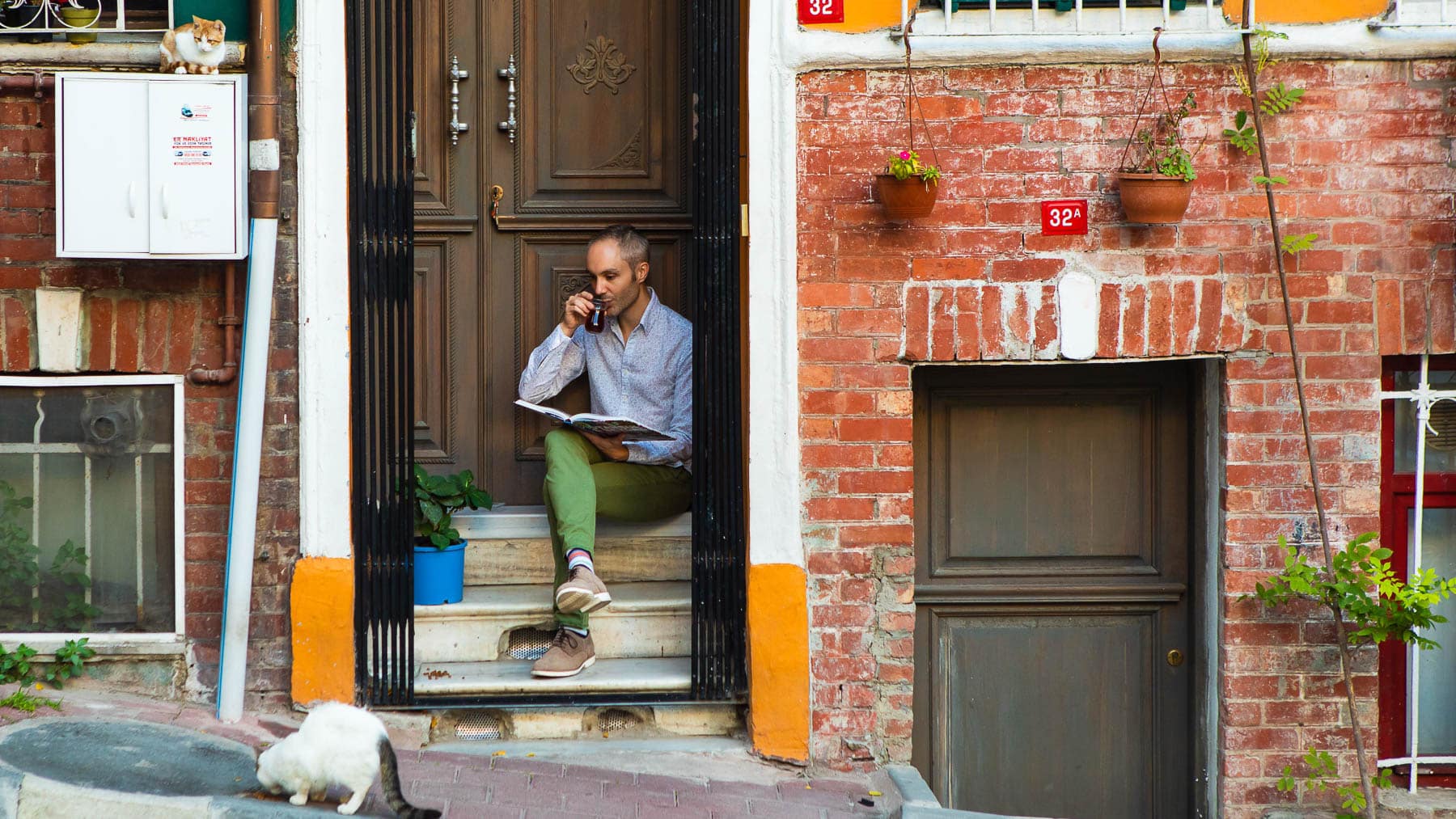
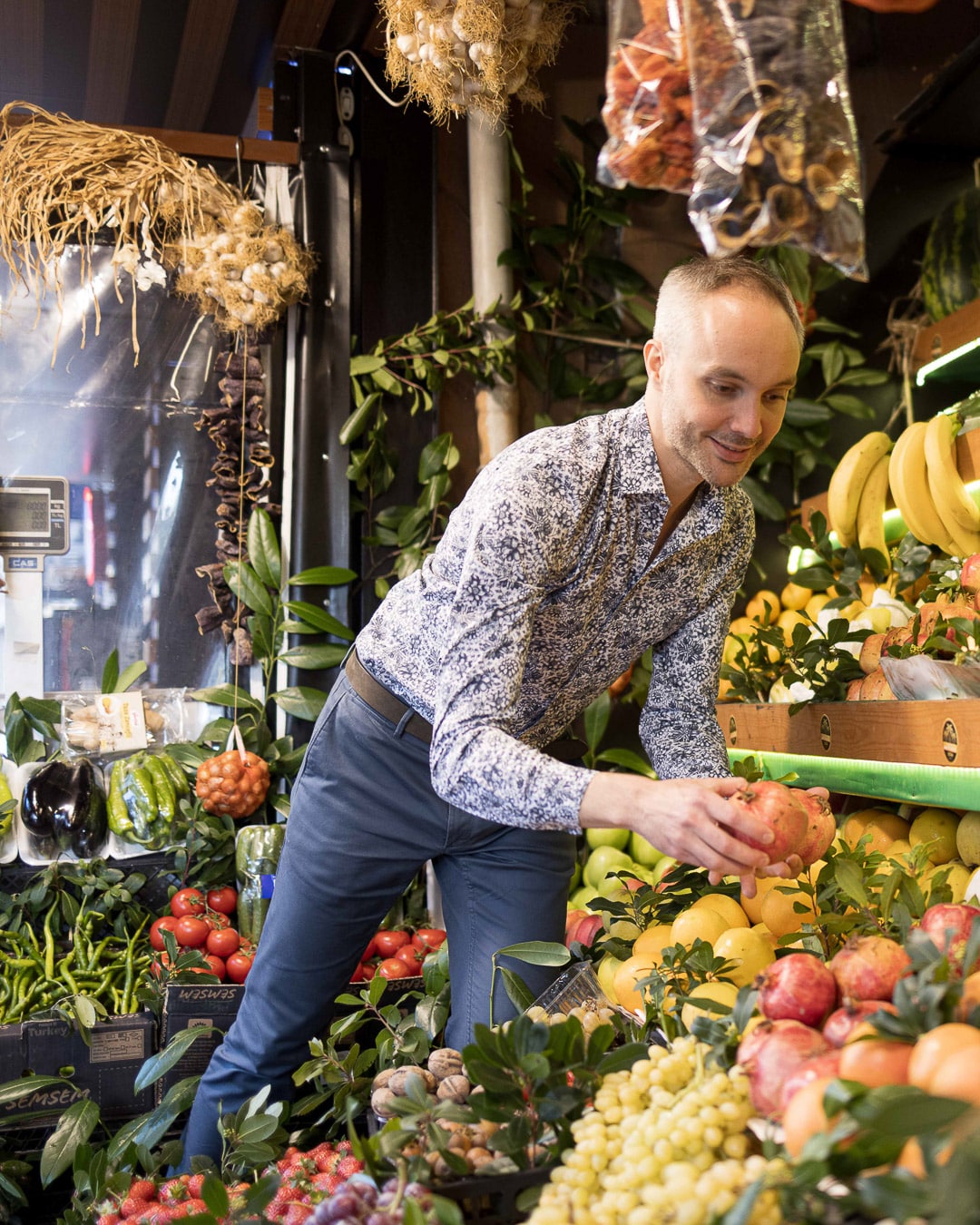


5 responses
Thank you for sharing this recipe. I was in Turkey these past few months and fell in love with salep, so I bought myself salep powder and this recipe was just on point, so I will try it out today! Loved to read about the origins of salep too, thanks for sharing
Sounds gorgeous! Thank you… will find the market you talk about tomorrow! Have you tried adjusting the recipe by using a natural sugar substitute?
I have not. But let us know if you do and it works well!
Love Sahlep and your blog so much!! Thank you for this labor of love
Thanks for that. Had trouble finding salep powder in the grocery store, now I know. One thing I like in Turkey is that raw jersey milk is readily available. I will use that once I find the genuine salep flour.